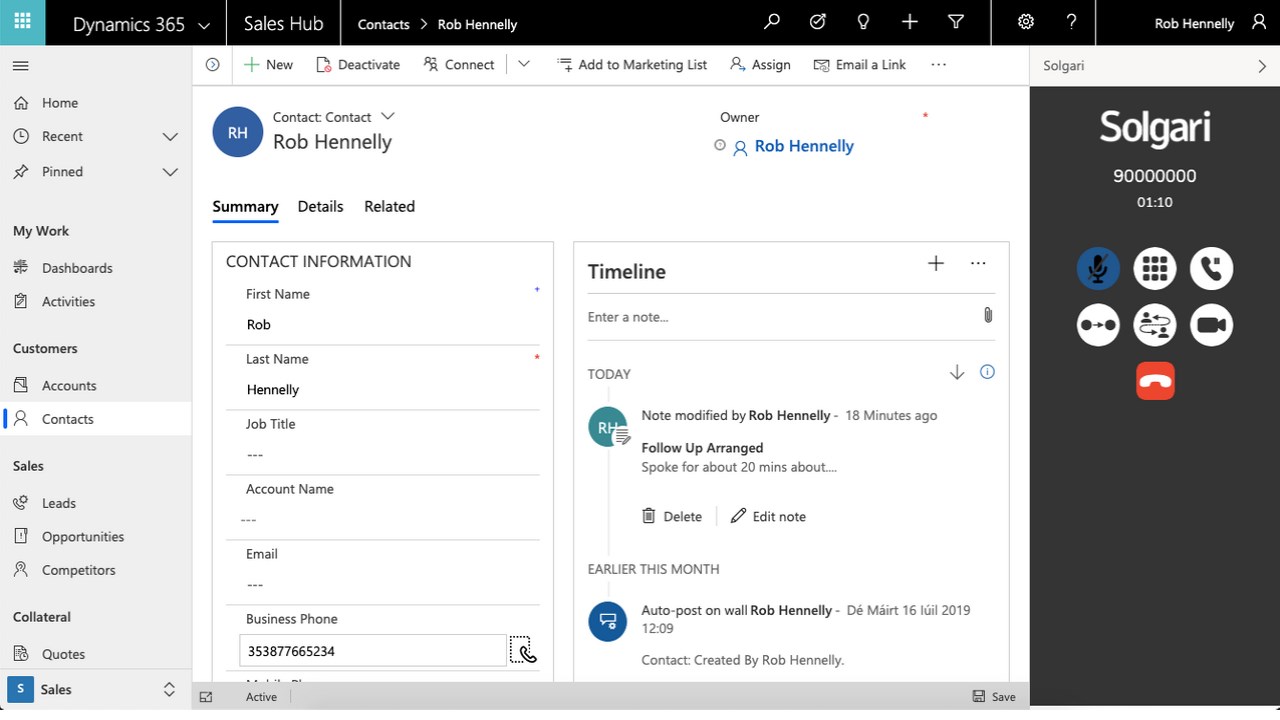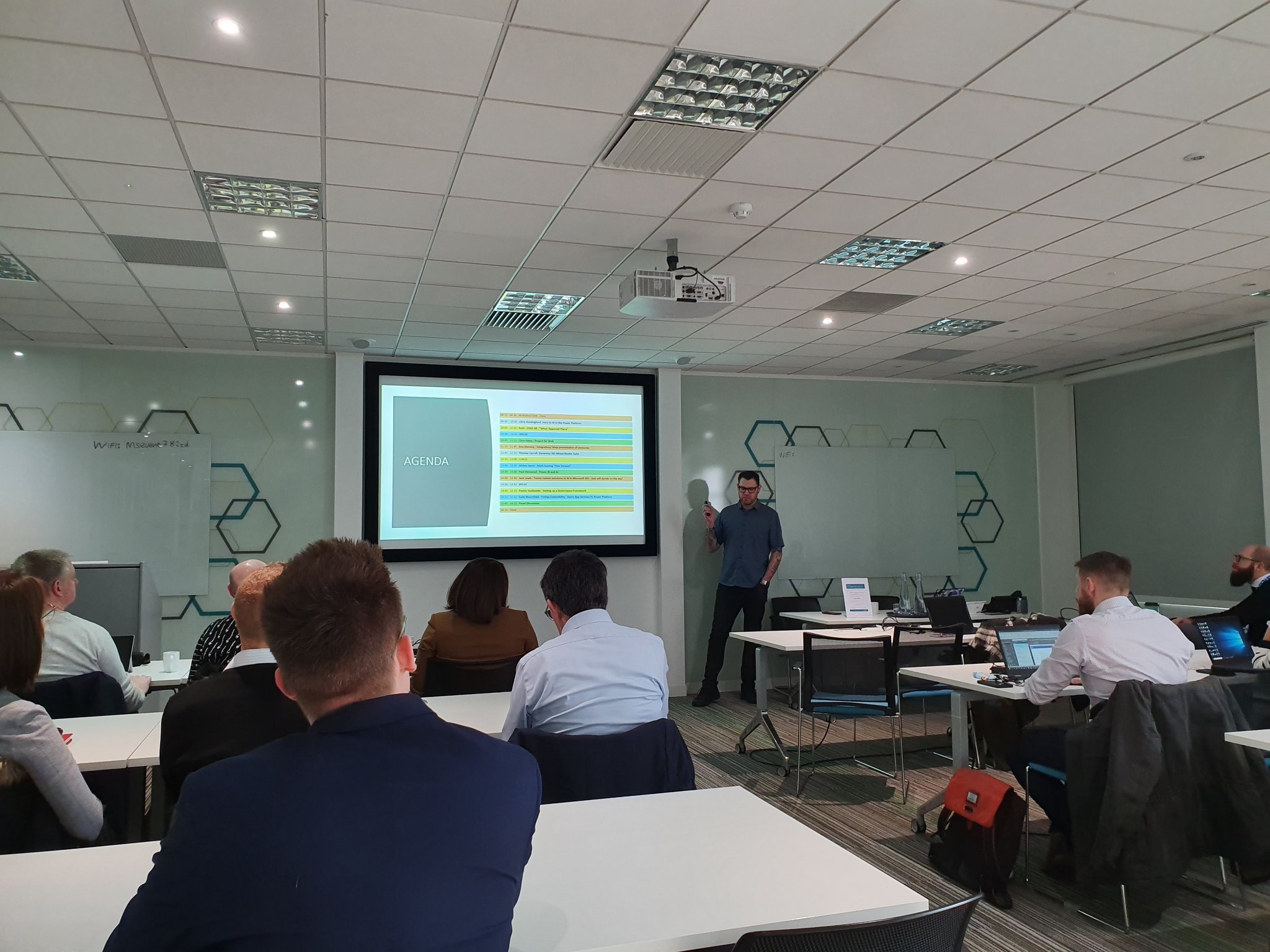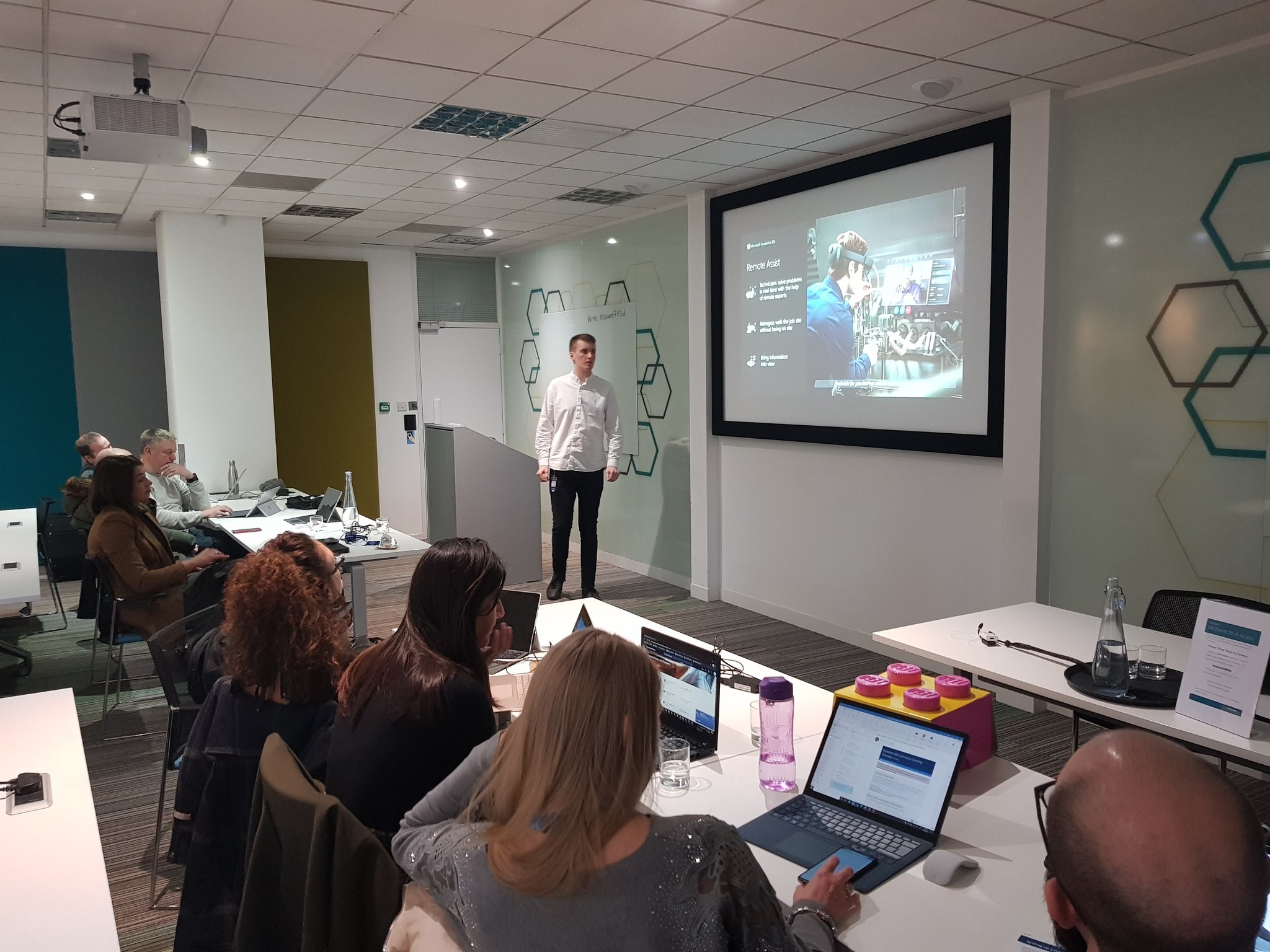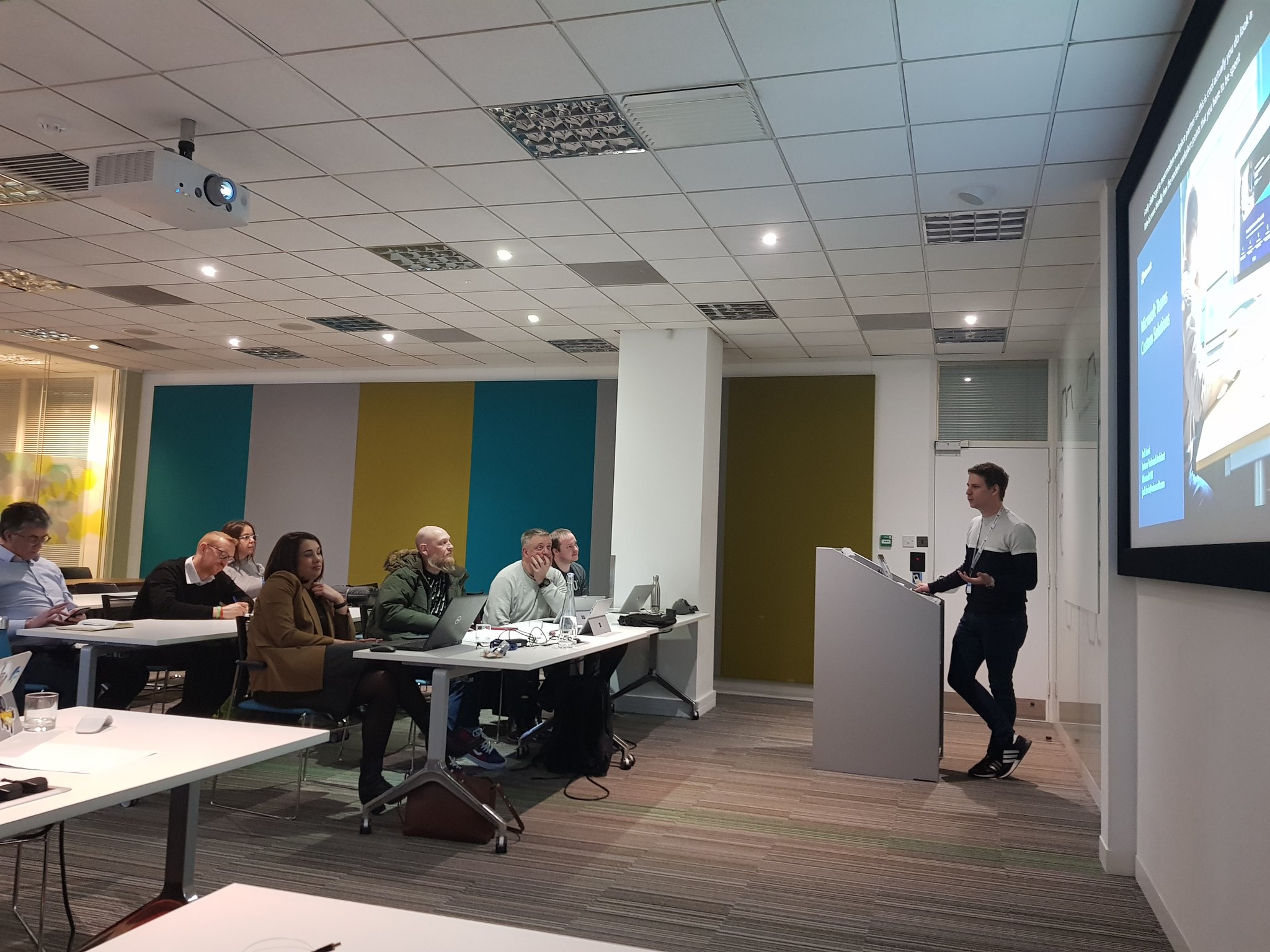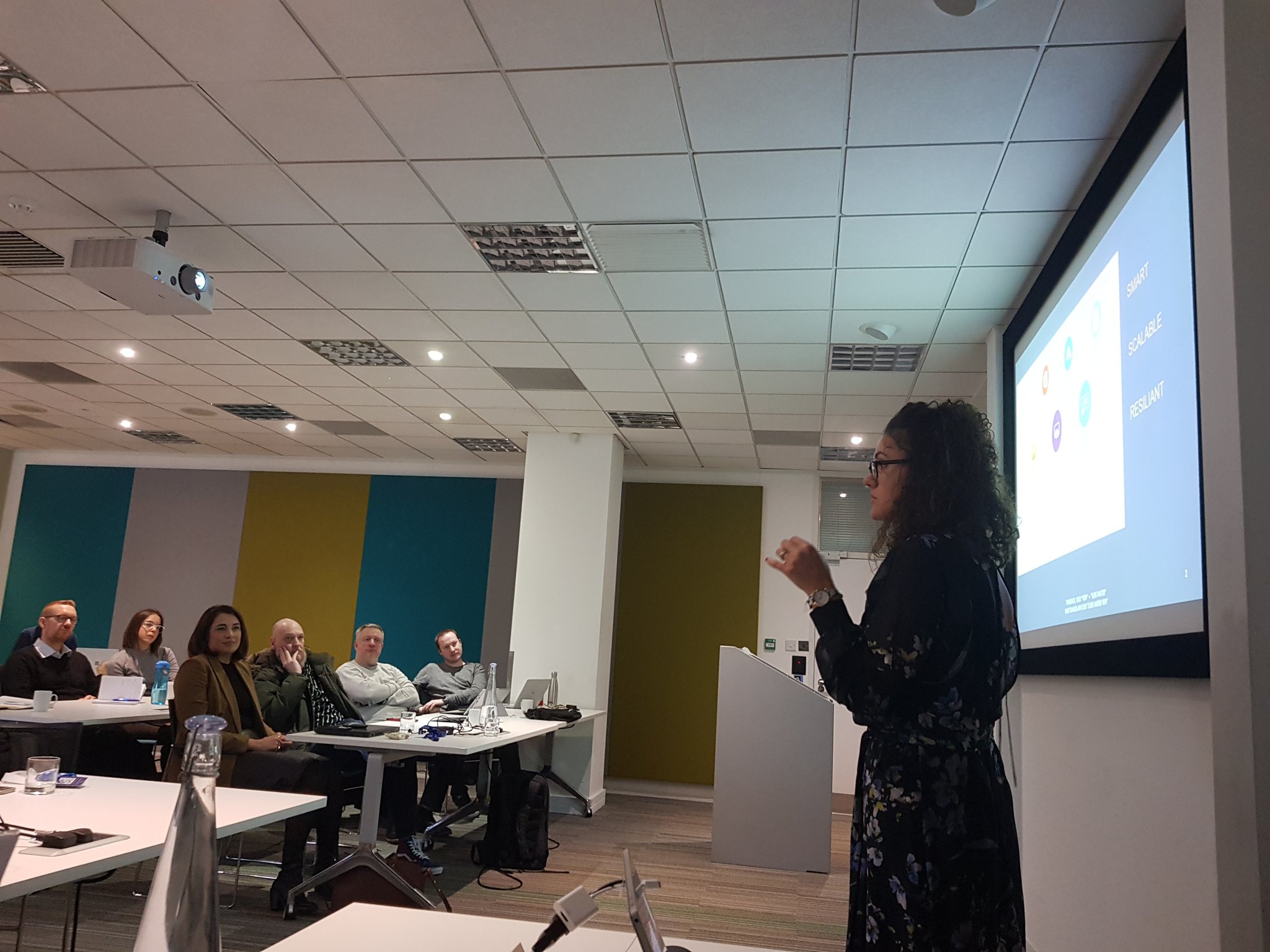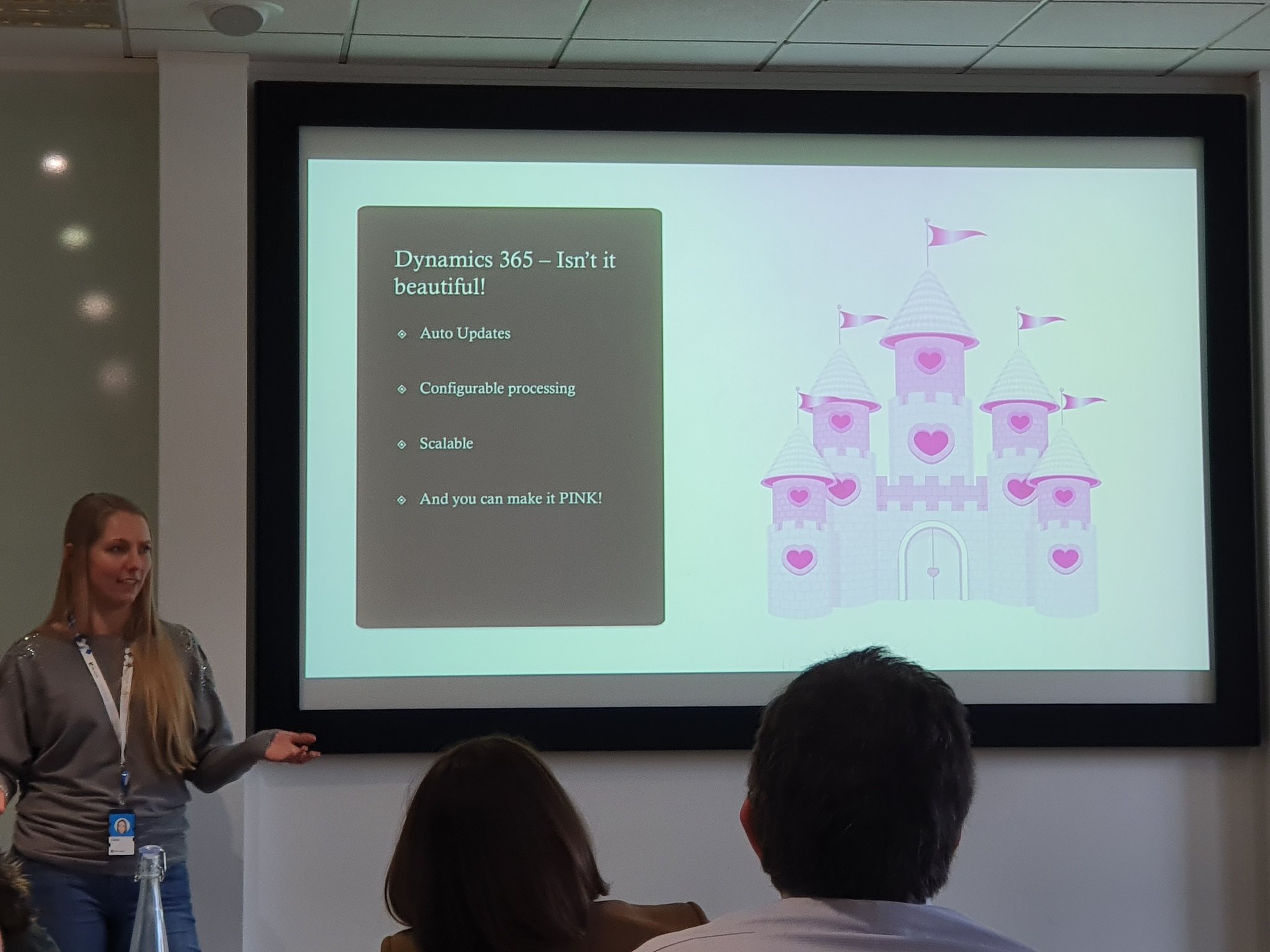If I look back at customer engagements over the last few years around Power Platform, whether it was a new capability or an existing capability, there was ONE thing that stood out above all. This was the ability to be able to track capacity usage over time, and to be honest, most organisations weren’t really doing very well at it.
For those who are unaware, there are actually three different types of capacity present within Power Platform environments. These are:
- Data
- File
- Log
Each one is used for a specific purpose – broadly speaking, File holds all attachements that are uploaded directly into Dataverse, Log is used for auditing purposes, and Data holds everything else (hence the name)!
Now this data is shown within the Power Platform Admin Centre, under the ‘Resources/Capacity’ section’. An example of this is:

There’s also a nice little breakdown of capacity allocation through licenses etc, which essentially shows where the available capacity has come from:

If we drill down a bit further, we can open up a specific environment, and see not only the overall usage per capacity type, but also which tables are consuming the most amount of data:

All of this is well & good so far, for someone wanting to take a look at what is currently happening. But this is a manual action – it is possible to manually export the data, but again, this isn’t automated.
It’s also not possible (at least not at this point in time) to query the underlying records that hold these values. So we’re a little stuck. If an organisation wanted to see historical data usage, and/or predict data trends (such as ‘how much capacity would we need to have in 6 months if we continued our scaling’), there’s no way to do this. At least not automatically – someone would need to store the values down manually, then report on it. A hassle, to say the least.
Now when it comes to looking overall at Power Platform, the Centre of Excellence Starter Toolkit is really quite amazing. The Microsoft PowerCAT team continue to iterate existing functionality within it, as well as bring new functionality as well.
At this point in time, however, it doesn’t have any capacity monitoring in it. Well, it sort of does – we can implement notifications to alert us when capacity reaches a certain value. But this doesn’t solve the challenge as laid out above.
So with this in mind, I set out to create a solution to handle it. I’ve always wanted to create some sort of tool for giving back to the community & helping others, and I saw this as my chance to do so (I’m in awe of the various XrmToolBox tool creators, for the record).
So, I’m releasing a capacity monitoring tool. I’m using GitHub as the host, and the repo can be accessed at https://github.com/thecrmninja/Power-Platform-Capacity-Monitoring (it was a learning experience as well as how to use GitHub as a source repository, as I’ve not done that before!).
Model-Driven App:

Reporting Dashboard:

This is just the first version – I have various ideas about how to iterate on it, and tweak functionality. Each release will include release notes & important information to be aware of (such as security needing to run it). Also importantly, thanks to the amazing Matt Collins-Jones for reviewing some of my work around this.
The audience for this tool is aimed at IT/Power Platform admins who are already familiar with the Microsoft CoE toolkit solution, and have appropriate access to it.
If you find any issues, please raise an appropriate GitHub Issue item, and I’ll look into it. Also, if you have any ideas that you think could be worthwhile, please feel free to suggest them!
Finally, I’d be interested in hearing how you think this could support you or your organisation – feel free to drop a comment below!






